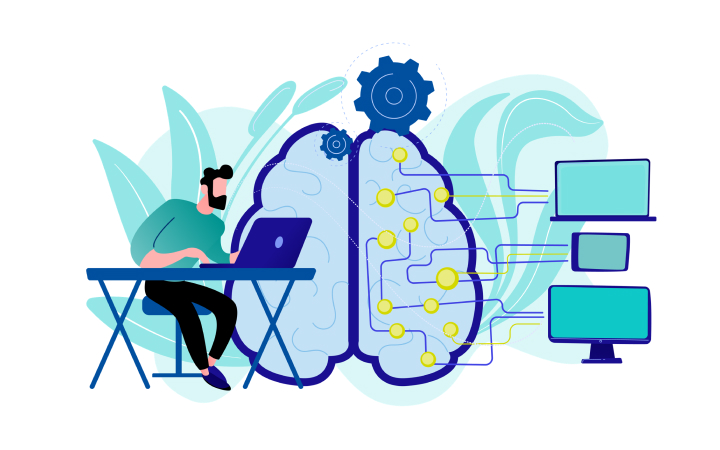Financial services companies are increasingly taking advantage of ChatGPT and similar solutions. These technologies allow for the easy integration of corporate data into AI assistants, enhancing the utility of large language models (LLMs) for various applications.
While consumers are rapidly adopting AI-powered LLMs, banks are proceeding with caution, mindful of data security.
Nevertheless, the financial software provider ti&m has been supporting clients that are pioneering the integration of ChatGPT in banking and their day-to-day operations. In addition, ti&m has recently published a white paper detailing how banks can gain a competitive advantage through AI.
In this article, ti&m provides an overview of how banks can successfully use AI in their daily operations.
Google with benefits? Why ChatGPT is more than a smart search engine

Many see AI-based chatbots as just Google’s smarter twin, using them as a meta-search engine and to answer questions. But these tools can provide much more than just correct and linguistically appealing answers to complex questions.
For example, they can immediately create a PowerPoint presentation tailored to a specific target group from the answer to a complex question.
ChatGPT is also able to translate a handwritten sketch of a web page into an HTML proposal – it can generate text output in the form of programming code.
These examples show why LLM-based AI chatbots are a game changer: before, technological solutions had to be programmed for specific use cases.
But now these new intelligent models can perform a range of different tasks and thus be utilised in different use cases. ChatGPT and its fellow LLMs are universal tools that can perform tasks for which they have not been specifically developed.
Applying ChatGPT in Banking: Existing AIs for banking-specific use cases

The development of LLMs like GPT-4 is not only interesting for users. In the past, machine learning and AI projects were often challenging and required a lot of effort.
But now LLMs are opening up a completely new approach. AI experts such as ti&m can use existing LLMs to create AI solutions specifically made for financial institutions.
This streamlines the process, making it comparatively inexpensive. Instead of collecting data and training models in-house, today integrating company data is often enough to get started. Retrieval-augmented generation, or RAG, can be used here.
Then it is a case of asking the right questions with the aid of prompt engineering, in what is known as zero-shot learning.
Data and context: What information do LLMs like GPT-4 use?
AI language models have been trained on a large dataset. This consists of a huge quantity of online sources that are usually publicly accessible, such as informational websites, books, news articles, scientific publications, or blog posts.
The latest GPT-4 Turbo, which was trained on data up to April 2023, also uses proprietary data sources with high data quality. Using plug-ins, the LLMs produced by OpenAI and Google can also access current search results.
In addition to the training dataset, LLMs can also be provided with company-specific data on which the model has not been trained. This is known as providing context. The organisation-specific data can come from the company’s website, SharePoint, or other data sources, and can be in text, image, or video format.
This is added to the prompt, along with instruction on what to do with it. A possible prompt might be: “Summarise this article in ten sentences for a client report, using the most relevant keywords”. The article must be included as context for the prompt.
By combining company-specific data with LLMs, banks can use AI assistants that are personalised for their needs for many different use cases such as:
- Using data from customer communication, their intranet, and servers more efficiently
- Automating and optimising processes within the bank itself
- Developing new products and services for specific customer segments
Find out more about the use of prompts, what are embeddings and how to implement ChatGPT in Banking by downloading ti&m’s white paper “ChatGPT for Business.”
About Author
More info about author
- SEO Powered Content & PR Distribution. Get Amplified Today.
- PlatoData.Network Vertical Generative Ai. Empower Yourself. Access Here.
- PlatoAiStream. Web3 Intelligence. Knowledge Amplified. Access Here.
- PlatoESG. Carbon, CleanTech, Energy, Environment, Solar, Waste Management. Access Here.
- PlatoHealth. Biotech and Clinical Trials Intelligence. Access Here.
- Source: https://fintechnews.sg/81390/sponsoredpost/chat-gpt-in-banking-innovation/





